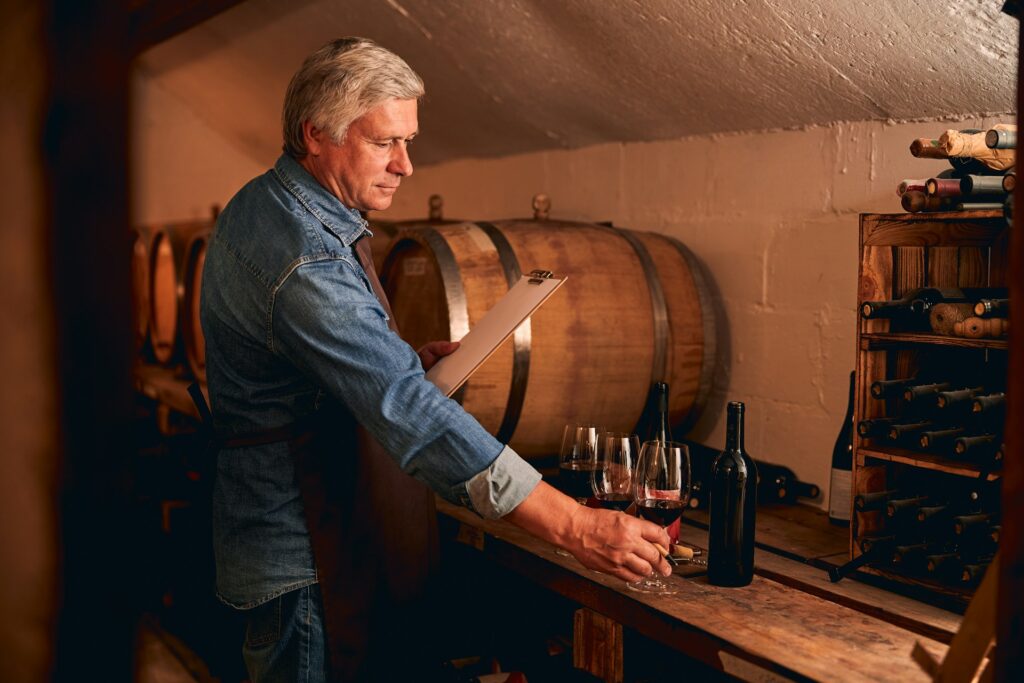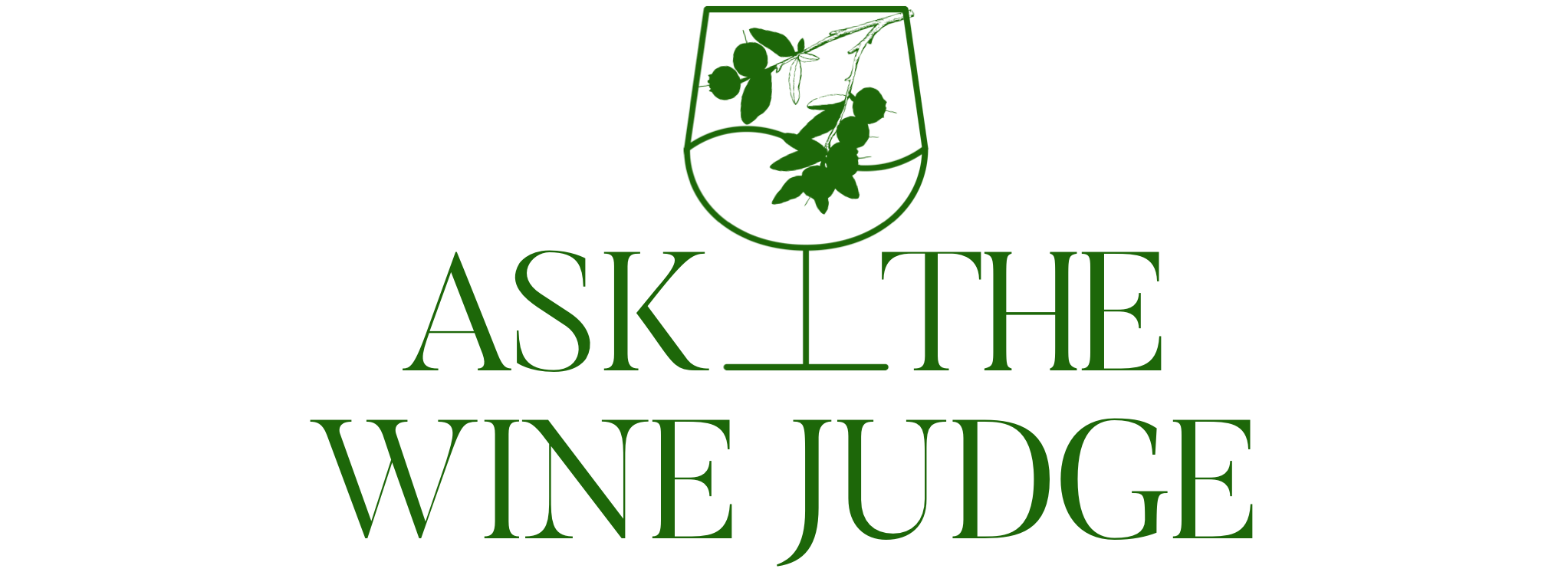Table of Contents
Ever opened a bottle of wine only to realize you can’t finish it? You’re not alone. Whether it’s a robust Cabernet or a delicate Pinot Noir, recorking your wine is essential to maintaining its character and flavor. But how do you ensure a tight seal to keep that leftover wine as fresh as when you first popped the cork? Don’t worry; whether you’re a seasoned connoisseur or a casual sipper, this guide will walk you through the simple yet effective ways to preserve your unfinished bottle.
The Importance of Recorking Wine
Why is it so important to recork your wine? When wine bottles are opened and exposed to oxygen, the oxidation process begins, altering the wine’s taste and aroma. Recorking wine promptly after pouring your glass can slow down this process, preserving the integrity of your beloved Merlot or Chardonnay for another day. It’s not just about saving wine; it’s about maintaining the experience that a well-preserved bottle can offer.
Think of recorking as an investment in your wine’s future enjoyment. By taking the time to recork your wine properly, you’re ensuring that your next pour will be just as satisfying as the first. Whether it’s a special bottle saved for personal milestones or a weekday red to unwind with, recorking is crucial in extending the pleasures of wine tasting over multiple occasions.
The Impact of Air Exposure on Wine’s Quality
When recorking wine, understanding the impact of air exposure is key. The moment air enters the equation, it kickstarts a chemical reaction that can dull the vibrant notes of your favorite vintage. This is why recorking wine quickly and efficiently is so crucial. It’s not just about keeping the liquid contained; it’s about preserving those subtle flavors and aromas that make each wine unique. A properly recorked bottle can mean the difference between a wine that’s flat and lifeless and one that sings with every sip.

Step-By-Step Guide to Recorking Wine
Recorking wine bottles isn’t daunting. With the right approach, you can seal in the flavor and aroma of your wine with ease.
Original Cork – The Traditional Approach
The original cork is a natural and traditional choice to reseal a bottle of wine. Typically made from the bark of the cork oak tree, these wine corks are designed to gently push back into the neck of the bottle, creating a snug fit. When you recork wine with the original cork, you’re using a material that has already proven its ability to protect the wine’s integrity from the moment of bottling.
Tips for Reinserting the Original Cork
Ready to recork wine with the original cork? Remember to inspect it first to ensure the cork is clean and intact. To insert the cork, angle it slightly and gently push against the bottle’s opening. Don’t force it. Push the cork steadily until it’s secure enough to reseal a bottle of wine effectively. This method maintains the original seal’s integrity and keeps your wine fresh for your next glass.
Rubber/Silicone Stoppers – A Reusable Solution
If you’ve misplaced the original cork or it’s no longer viable, rubber or silicone wine stoppers are a fantastic reusable solution to keep your wine fresh. These stoppers are designed to fit snugly into the neck of wine bottles, creating an airtight seal that can prevent further oxidation. Not only are they efficient, but they’re also a more sustainable option, as they can be cleaned and reused multiple times for different bottles.
When selecting a stopper, look for ones made from food-grade rubber or silicone. These materials are safe for contact with your wine and won’t impart any unwanted flavors. Plus, their flexibility allows for a tight seal, ensuring your wine remains protected and delicious until you’re ready for the next pour.
How to Choose the Right Size Stopper
Choosing the right size wine stopper is crucial to keep your opened bottle of wine fresh. Wine stoppers come in various sizes to accommodate the slight variations in bottle neck diameters. A stopper that’s too small won’t create an effective seal, while one that’s too large might not fit at all. To ensure freshness, measure the opening of your bottle or bring it along when shopping for stoppers to find the perfect fit.
Alternative Sealing Methods
When it comes to sealing wine bottles, there are safe and effective alternatives to traditional corks. Vacuum sealers and inert gas systems displace the air from the bottle, preventing oxidation and preserving the wine’s quality. These methods are safe because they don’t introduce any harmful substances to the wine, ensuring that your next glass is as pure and flavorful as possible.
Wax Paper for Wine Preservation
For an inexpensive yet effective way to seal wine bottles, consider using wax paper. This method involves placing a small piece of wax paper over the opening before recorking. The wax paper acts as a barrier, preventing stray cork particles from entering the wine, and helps the cork slide in more smoothly. Not only does it help create a secure seal, but it also ensures that your wine remains uncontaminated and ready to enjoy.
While wax paper might not be the first thing that comes to mind for preserving wine, it’s a handy trick that can prolong your wine’s life in a pinch. It’s particularly useful if the original cork has become too worn or crumbly to be reused without leaving debris in your precious bottle.
Utilizing a Wine Saver Pump for Longevity
Wine savers are a game-changer for keeping your wine fresh. These devices work by removing the air from the bottle, creating a near-vacuum that significantly slows the oxidation process. To use one, you insert the rubber stopper into the bottle’s neck and then use the pump to extract the air. This method can extend the life of your wine, allowing you to enjoy its full bouquet and flavor for several days after opening.
Many wine enthusiasts swear by wine savers for their effectiveness and ease of use. By investing in one of these pumps, you’re preserving your wine and saving money by reducing waste. It’s a win-win for both your palate and your wallet.
Preserving Bubbly: Corking Sparkling Wine
When it comes to sparkling wines like champagne, resealing them requires a specific approach. Due to the carbonation, you must put the cork into the bottle carefully to maintain the effervescence that defines these festive beverages.
Special Considerations for Champagne and Sparkling Wines
When resealing sparkling wines like champagne, it’s essential to ensure the cork into the bottle is secure enough to withstand the internal pressure. Specialized champagne stoppers are designed for this task, featuring wings that grip the lip of the bottle, keeping the bubbly bubbly. Without the right seal, you’ll lose the effervescence that makes sparkling wine delightful.
These wines are more sensitive to air exposure due to their carbonation, so taking the extra step to use a stopper designed for sparkling wine is well worth the effort. It ensures that the next time you pop the cork, the wine will be just as lively and inviting as the first pour.
Storing Your Recorked Wine Properly
Once you’ve mastered recorking, storing your wine properly is the next step in preservation. Keep your recorked wine in a cool, dark place to maximize its longevity and enjoy every drop.
Ideal Conditions to Extend Your Wine’s Life
Ever wondered how to keep that half-full bottle of wine tasting great? It’s all about the environment! Stash your wine in a cool, dark place to fend off flavor-fading foes. You’re aiming for a constant chill around 55°F – not too cold like your fridge – not too hot like a sunny countertop. Keep it lying down. This way, the wine keeps the cork moist so it won’t dry out and let air sneak in. Have you checked where you’re keeping your wine lately?
Humidity also plays a big role. Too much, and you’re inviting mold to ruin your labels (and potentially your wine). Too little, and the cork might dry out, leading to cork taint, that dreaded musty taste that can ruin your next pour. Aim for that sweet spot, about 60-70% humidity, to keep your wine just right. How’s the humidity where you store your wine?
How Long to Keep Recorked Wine
So, you’ve mastered the art of recorking wine, but how long will your wine stay fresh? It’s a bit like a ticking clock – most recorked reds and whites are at their best for 3-5 days. But remember, the clock starts the second you pop the cork and pour a glass. The wine’s exposure to air changes its character, so enjoy it sooner rather than later for the best flavor. What’s the longest you’ve kept a recorked bottle?
For those robust reds, you might get an extra day or two thanks to their tannins. Lighter wines, however, are more like fleeting moments – best sipped quickly. And if you’ve got a sweet spot for sweet wines, you’re in luck! Their sugar and sometimes higher alcohol content can keep them perky for a bit longer, even after recorking. Have you noticed how different wines last after being recorked?

A Sommelier’s Tips on Wine Resealing
When it comes to wine resealing, sommeliers know their stuff. They’ll tell you, “First, don’t stress the mess!” A little wine on the cork? No problem. It’s all about preserving what’s inside. They recommend wiping the cork clean to avoid unwanted flavors creeping back into your bottle. And when you push the cork back in, do it gently – you want a snug fit, not a battle.
Next up, store your recorked wine upright to minimize contact with the air trapped inside. This keeps the oxidation at bay and your wine fresh. And remember, a cool, dark, and steady environment works wonders. The pros also love using argon gas preservers for that extra layer of protection. So, what’s your resealing ritual?
Frequently Asked Questions
1. Can I reuse the original cork to recork my wine?
Yes, you can use the original cork, but sometimes it’s tricky to fit back in. If it’s too tough, you cut it down a bit or wrap it with a paper towel to make it easier. Just make sure it’s snug, so the wine stays fresh.
2. What’s the best way to store recorked wine?
Keep it in a cool, dark place, like your fridge or a wine cooler. Stand the bottle upright to avoid any leaks or cork taint. And remember, drink it within a few days to enjoy the best taste.
3. Will recorking wine stop it from going bad?
Recorking helps, but it’s not perfect. It slows down how fast the wine begins to oxidize, but you’ll still want to drink it relatively soon. Using tools like a pump or a good stopper can help keep it tasting good for a little longer.
Toast to Preservation: Conclusion on Recorking Wine
So, you’ve mastered how to recork a bottle of wine, ensuring that your favorite blends are safeguarded against the ravages of time. It’s a satisfying feeling, isn’t it? Knowing that when wine begins to oxidize due to exposure to air, you have the skills to prolong its life and preserve its flavors. But remember, even with the cork or wine stopper snugly in place, it’s best to enjoy that wine sooner rather than later. Have you found a particular stopper that works wonders for your wine collection?
Share your experiences and let’s continue to savor every drop, making every bottle count.

Sed non elit aliquam, tempor nisl vitae, euismod quam. Nulla et lacus lectus. Nunc sed tincidunt arcu. Nam maximus luctus nunc, in ullamcorper turpis luctus ac. Morbi a leo ut metus mollis facilisis. Integer feugiat dictum dolor id egestas. Interdum et malesuada fames ac ante ipsum primis in faucibus.




